Bright green parakeets are now an established feature of London. But where did these noisy birds come from? Tony Barrell explains
OCTOBER 2025
As I walk around the green spaces of southwest London, my attention is often seized by a high-pitched shrieking in and around the trees. When I look up, I’m likely to see a flash of bright green: part of the plumage of an exotic bird. Sometimes there are flocks of them, zipping around, appearing to have a lot of fun and making a distinctive racket. These are ring-necked parakeets, which were once seen mainly in Africa and Asia, but have since multiplied and thrived in London and elsewhere in the UK and Europe. I find them strange and beautiful, and I enjoy drawing them. These birds have inspired poets, painters and photographers, and there are even female football clubs named after them, including Twickenham Parakeets FC, for aspiring young girl players.
When these ring-necked parakeets (also known as rose-ringed parakeets) became a common sight here, people started saying things like “How did they get here?” The question begged for an answer, which became an opportunity for creative gossips to dream up entertaining explanations. Somebody, somewhere, pointed the finger at Jimi Hendrix. One story circulating in the early 2000s and possibly before, claimed that the late American guitarist kept a pair of imported parakeets as pets, one male and one female, when he lived in London (from 1966 until his death in 1970), and one day they escaped from his flat. Jimi’s pets then became the Adam and Eve of British parakeets, kicking off a breeding programme that created the thousands of green birds we see today. As the story spread, it was changed and embellished to give it a full-on Swinging Sixties vibe: Jimi released the creatures deliberately from a cage in Carnaby Street during the Summer of Love of 1967. “Excuse me,” one of the parakeets might have squawked, “while I kiss the sky.” An optional detail states that Hendrix had actually named the birds Adam and Eve, suggesting he foresaw the consequences of his avian liberation.
The choice of Jimi Hendrix as the scapegoat was clever: he too was an exotic arrival in London
Back in the real world, the tragically short life of the guitar virtuoso has been well documented by biographers and rock historians, who have so far found no evidence that he ever possessed any squawking green birds. But the choice of Hendrix as the scapegoat was a clever one: just like these colourful creatures now, back in the Sixties the American musician was an exotic arrival in London, adapting quickly to his new surroundings, attracting a lot of attention and making a lot of noise.
The Hendrix myths are not the only dodgy explanations for the birds’ appearance in London. Other smart alecks will tell you that a number of ring-necked parakeets were specially imported into Britain around 1951, so they could be used to add exotic colour and zoological authenticity to the movie The African Queen, part of which was filmed at Isleworth Studios in west London (other parts of the film were actually made in Africa). A couple of the birds were even nominated for Oscars, along with Humphrey Bogart and Katharine Hepburn. But film buffs and celluloid scholars have so far failed to unearth any supporting evidence for this one, as well.
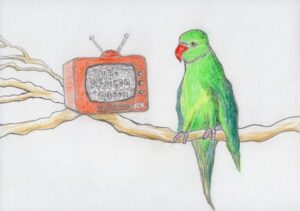
After the singer George Michael rose to fame in Wham! and embarked on a successful solo career, he too was “identified” by careless whispers as the source of the two parakeets who started it all. Here again, the culprit is a perceived “foreigner”: born to a Greek Cypriot father in East Finchley, the singer was originally named Georgios Kyriacos Panayiotou. And again there are a few variations of the tale to choose from, one of which claims that burglars broke into his grand house in Highgate, north London, and damaged his aviary, or simply opened a cage confining a pair of birds. This story must have been invented after he bought the house in 2002.
Yet another proposed foreign culprit, from a much earlier era, is King Manuel II of Portugal, who left his country when the Portuguese overthrew their monarchy in 1910. After he married a German princess in 1913, the couple came to England and settled in a house in the substantial grounds of Fulwell Park, Twickenham. A couple of parakeets are said to have escaped from an aviary or cage there, but without leaving any hard evidence that they had ever existed. It’s hard not to perceive a whiff of xenophobia in all these urban myths.
An alternative story points the finger not at a human being but at a meteorological event. It claims that some parakeets escaped from a bird sanctuary in Kent when their aviary was badly damaged by the violent gusts of the Great Storm of October 1987. But that’s yet another unfounded rumour carried by the wind.
The first recorded instance of ring-necked parakeets breeding here was in Great Yarmouth in 1855
So how did all these birds really get here? The learned scientists who help the government with its policies on invasive species say that ring-necked parakeets started coming here much earlier than many people think. According to the GB Non-Native Species Secretariat (NNSS), the first recorded instance of them breeding in the wild in Great Britain was in Great Yarmouth, Norfolk, in 1855. And there are scattered reports of these parakeets flying around the country since then. The magazine The Field noted a sighting at a farm in Gledfield, Scotland, in 1895. In 1924 the Newark Advertiser mentioned a green parakeet that was often seen accompanying a flock of sparrows in Staythorpe, Nottinghamshire, saying the bird “flies with the speed of a snipe”. (Snipes are known for their swiftness.)
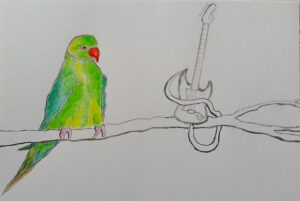
In 1891 a single parakeet was seen by thousands of Londoners. But this one was in a cage, being an exhibit at a show of British and foreign birds in the original Crystal Palace building. A reviewer described it as a “perfect specimen of the large Indian ring-necked parakeet”. For many decades, the birds existed only in small numbers in the wild in London. A 1983 survey counted around 500 in the city. But field research has shown a big increase since then: a 2002 survey produced a total of 5,800, and in 2012 there were said to be 32,000, and the RSPB estimated that their numbers were increasing by roughly 30% per year at that stage. The NNSS says that evidence shows that “the present naturalised population dates only from 1969”. And it gives an authoritative explanation for their presence here: “The origin of the population is the pet trade and both the accidental and deliberate release of birds from captivity.”
It turns out that the demand for parakeets among exotic-pet lovers in Britain has been enormous. Thousands upon thousands of them have been imported into the country over the years – not for movie sets, but for private owners, many of whom have actively bred them. And the birds are proper little Houdinis: they are very resourceful when they want to escape, and have been known to chew through wood and wire with their sharp red beaks, and even to open cage doors. So it’s unsurprising that enough birds would have been released into the environment in the late 1960s, either by escaping or by being deliberately let go, to lay the foundations for a population explosion over the subsequent decades. Ring-necked parakeets didn’t need any help from rock stars, bad weather, foreign monarchs or movie-makers.♦
© 2025 Tony Barrell
Tony Barrell is talked about in high circles and low squares. His writings tumble off printing presses across the world.
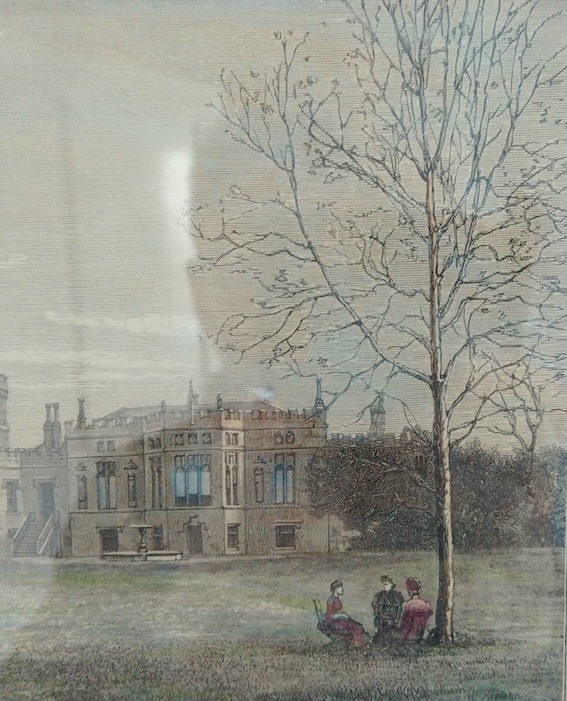
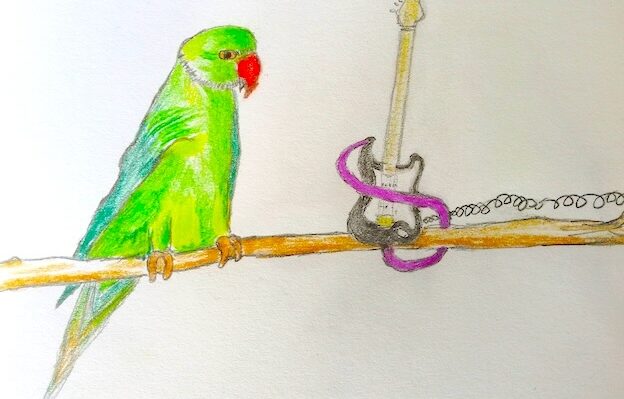
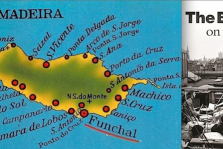


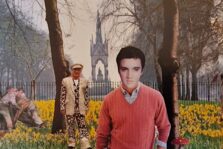

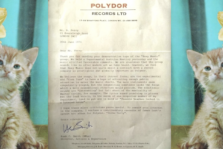
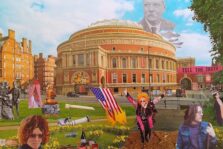
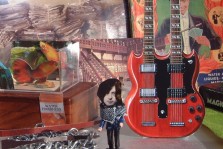
0 comments found
Comments for: SQUAWK OF THE TOWN